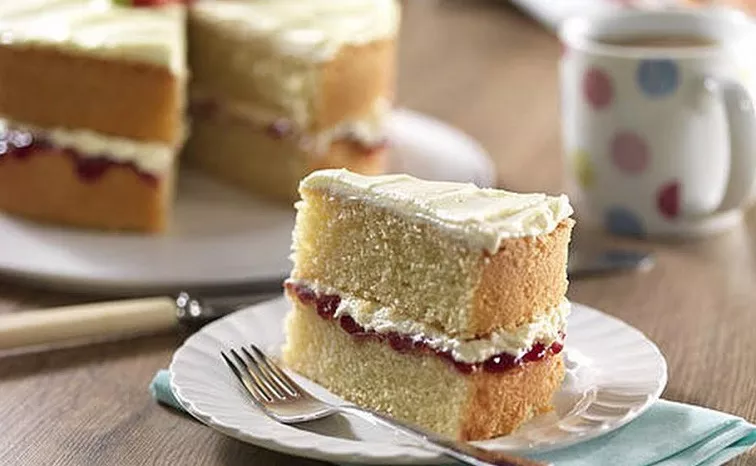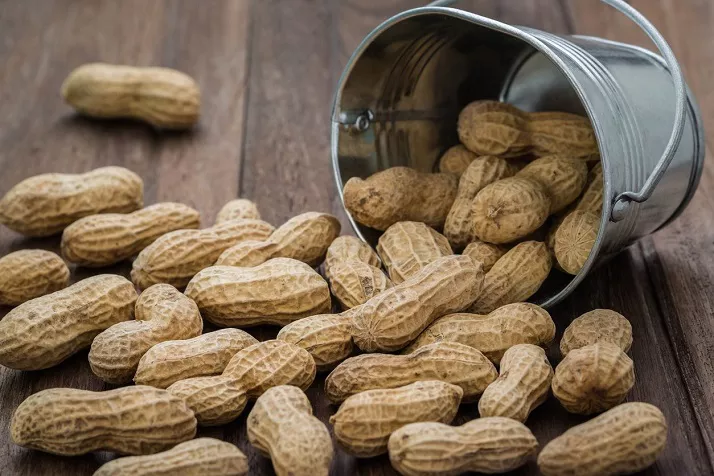A vanilla sponge cake is a timeless dessert loved by people of all ages. Its light and airy texture, combined with the comforting aroma of vanilla, make it a delightful treat for any occasion. In this article, we’ll take you through the essential steps and ingredients required to create a perfect vanilla sponge cake.
1. Ingredients for a Vanilla Sponge Cake
Flour: You’ll need 1 ½ cups of all-purpose flour as the base of your cake.
Baking Powder: About 1 ½ teaspoons of baking powder is essential to help the cake rise.
Salt: A pinch of salt (approximately ¼ teaspoon) enhances the cake’s overall flavor.
Butter: ½ cup (1 stick) of unsalted butter should be at room temperature for easy mixing.
Sugar: Use 1 cup of granulated sugar to add sweetness to your cake.
Eggs: Four large eggs serve as the binding agent and provide structure to the sponge cake.
Vanilla Extract: A teaspoon of pure vanilla extract adds that classic vanilla flavor.
Milk: About ½ cup of milk helps keep the cake moist and tender.
2. Preparing the Vanilla Sponge Cake Batter
Dry Ingredients: In a mixing bowl, combine the flour, baking powder, and salt. Set this dry mixture aside.
Butter and Sugar: In a separate bowl, cream together the softened butter and granulated sugar until it becomes light and fluffy. This step is crucial for creating a tender and airy texture.
Adding Eggs: Add the eggs one at a time, beating well after each addition. This ensures that the eggs are fully incorporated into the batter.
Vanilla and Milk: Mix in the vanilla extract and gradually add the milk, alternating with the dry ingredients. Start and finish with the dry ingredients. Mix until the batter is smooth and well combined.
3. Baking the Vanilla Sponge Cake
Preheat Oven: Preheat your oven to 350°F (175°C) and grease and flour two 8-inch round cake pans.
Dividing Batter: Divide the cake batter equally between the two pans, smoothing the tops with a spatula.
Baking Time: Bake in the preheated oven for approximately 25-30 minutes or until a toothpick inserted into the center of the cakes comes out clean. The baking time may vary depending on your oven, so keep a close eye on the cakes.
4. Cooling and Frosting
Cooling: Allow the cakes to cool in the pans for about 10 minutes, then remove them from the pans and place them on a wire rack to cool completely.
Frosting: Once the cakes are completely cooled, you can frost them with your choice of frosting. Vanilla buttercream is a classic option, but you can get creative with different flavors.
5. Serving Your Vanilla Sponge Cake
Slice and serve your vanilla sponge cake to enjoy its light, fluffy, and vanilla-infused goodness. It’s perfect for birthdays, tea parties, or any special occasion.
In conclusion, making a delicious vanilla sponge cake is a delightful baking adventure. By following these simple steps and using quality ingredients, you’ll create a cake that’s sure to impress and satisfy anyone’s sweet cravings. Whether you’re an experienced baker or a beginner, this classic recipe is a must-try in your dessert repertoire.
FAQs about making a vanilla sponge cake:
1. What makes a sponge cake “spongey”?
A sponge cake gets its light and airy texture from the leavening agents, such as baking powder, and the incorporation of air during the creaming process when you beat the butter and sugar together. The eggs also play a significant role in providing structure and creating a spongy texture.
2. Can I use self-rising flour instead of all-purpose flour and baking powder?
Yes, you can use self-rising flour, which already contains baking powder and salt. If you do, omit the additional baking powder and salt from the recipe.
3. Can I substitute margarine for butter in a vanilla sponge cake?
While you can use margarine as a substitute for butter, it’s essential to use a high-quality margarine with a similar fat content. Keep in mind that using butter typically yields a richer flavor in the cake.
4. How do I prevent my sponge cake from being dry or dense?
To avoid a dry or dense sponge cake, make sure not to overmix the batter once you add the flour. Overmixing can result in gluten development, leading to a tougher texture. Additionally, ensure your oven temperature is accurate, and don’t overbake the cakes.
5. Can I make a vanilla sponge cake without eggs for a vegan version?
Yes, you can make a vegan vanilla sponge cake by substituting eggs with ingredients like applesauce, mashed bananas, or flaxseed meal mixed with water. You can also use commercial egg replacers available in stores.
6. What are some common variations of vanilla sponge cake?
There are numerous variations of vanilla sponge cake, including adding citrus zest (lemon or orange) for a citrus twist, folding in chocolate chips or fruit chunks for added flavor, or infusing the milk with different flavors like lavender or rose.
7. How should I store a vanilla sponge cake to keep it fresh?
Store your vanilla sponge cake in an airtight container at room temperature for up to 2-3 days. If you need to keep it longer, you can refrigerate it for up to a week. To prevent drying out, wrap the cake in plastic wrap or foil.
8. Can I freeze a vanilla sponge cake?
Yes, you can freeze a vanilla sponge cake. Wrap it tightly in plastic wrap and then in aluminum foil, or place it in an airtight container. Freeze for up to three months. Thaw in the refrigerator before serving.
9. What is the difference between a sponge cake and a butter cake?
The primary difference between a sponge cake and a butter cake lies in the fat content. Sponge cakes use little to no fat (except for the fat from egg yolks), resulting in a lighter texture, while butter cakes, like pound cakes, contain a higher amount of butter or oil, making them denser and richer.
10. Can I make a gluten-free vanilla sponge cake?
Yes, you can make a gluten-free version by using gluten-free flour blends. Be sure to check that all your ingredients, including the baking powder, are gluten-free, and adjust the measurements as needed based on the flour blend you use.
























